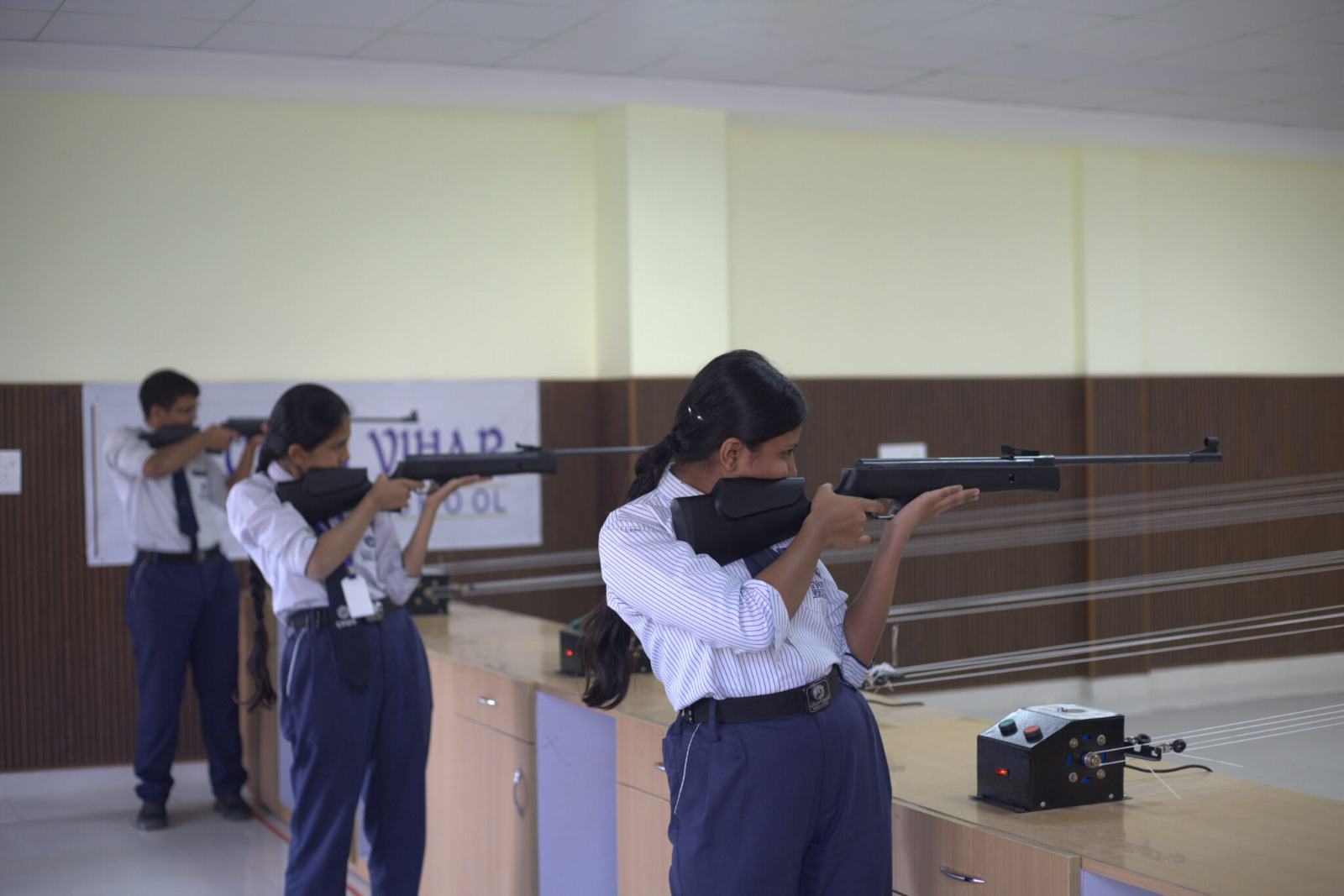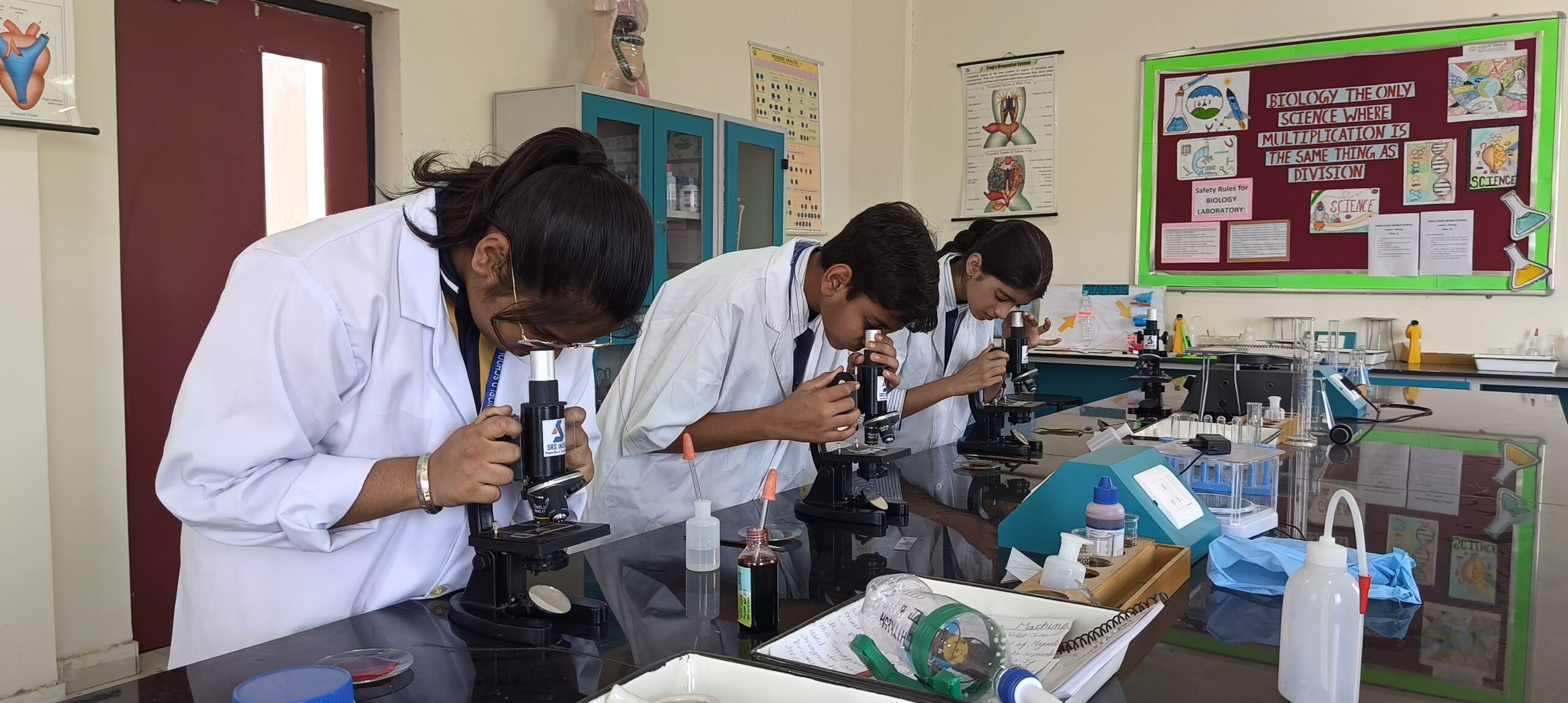What really sets a child up for success in life? A lot of it starts with their early education, especially between ages three and five. These are crucial years for development, and pre-primary education plays a significant role.
In this article we will discuss the five key features that must be present in a pre-primary section to ensure the right development of your child:
Hands-on Learning Approaches
Hands-on learning approaches ensure that students actively engage with concepts rather than just memorizing them. Whether it’s science experiments, math puzzles, or history reenactments, lessons come to life in exciting ways.
At Gyan Vihar World School, learning isn’t limited to books and lectures; it’s about experimenting, and discovering. Project-based learning is a key focus, allowing students to work on real-world problems, collaborate with peers, and develop critical thinking skills. From designing eco-friendly models to building robots in STEM labs, students get to apply their knowledge creatively. Art, music, and drama are also integrated into academics to make learning more immersive.
Encouraging Innovation Through Extracurricular Activities
From arts, music, and drama clubs that fuel imagination to coding and robotics programs that encourage problem-solving, there’s something for every young innovator. Science fairs, entrepreneurship programs, and model UN sessions give students hands-on experience in thinking critically and presenting their ideas. Debate clubs and literary societies help refine communication skills, while sports teach teamwork and strategic thinking.
Teachers as Mentors: Nurturing Creative Mindsets
Rather than simply providing solutions, teachers challenge students with open-ended questions that spark curiosity. They foster a classroom culture where mistakes are seen as learning opportunities, and every idea is valued. Personalized guidance ensures that each student’s strengths are recognised, and constructive feedback helps them refine their thoughts and approaches.
Technology & Creativity
Teachers also integrate interactive techniques like storytelling, role-playing, and brainstorming sessions to make learning more engaging. They encourage students to express themselves through discussions, presentations, and collaborative projects. By acting as mentors rather than just instructors,
Gamification plays a big role in boosting creativity. Educational apps, coding programs, and virtual simulations allow students to experiment, design, and innovate. Whether they’re building their games, exploring virtual science labs, or creating digital art, technology gives them the freedom to think beyond textbooks.
Students also participate in tech-driven activities like robotics clubs, AI workshops, and digital storytelling projects. These initiatives encourage logical reasoning, design thinking, and out-of-the-box problem-solving.
Building Confidence Through Competitions & Events
Science fairs, storytelling contests, and art exhibitions provide platforms for students to express their ideas and creativity. Participating in these events helps students develop resilience, learn from constructive feedback, and gain the confidence to present their ideas to a wider audience. Whether competing at the school level or on national and international platforms, they step out of their comfort zones and embrace new challenges.
By providing a supportive environment, hands-on experiences, and opportunities to explore beyond academics, the school helps students think critically, innovate, and build confidence. With the guidance of dedicated teachers, access to modern technology, and numerous extracurricular activities, students are equipped to develop creative problem-solving skills and leadership qualities.







